The basic and the most important classic of Tibetan medicine is briefly called Rgyud-bzi or a compendium of four texts. These four texts are as follows: (1) Rtsa-rgyud (Mula-tantra) of the Primary text; (2) B’sad-pa’I rgyud (Akhyata-tantra) or the Explanatory text; (3) Man-nag rgyud (Upade’sa-tantra) or the Text of Instructions: and (4) Phyi-ma’i rgyud (uttara-tantra) or the Subsidiary text. The first text having six chapters only has already been published as the first volume of this series. The second text having thirty one chapters has been published as the second, third and fourth volumes of this series. The third text has 92 chapters. Of these, the first four chapters are included in the fifth volume of this series. The present sixth volume in this series deals with the Chapter-V of the Man-nag rgyud (Upadesa-tantra) or the Text of Instructions. The nature of rluri (vayu), mkhrispa (pitta) and bad-kan (kapha), the diseases caused by them, their etiology, varieties, signs, symptoms and treatment are already described in the first four chapters of this text (Man-nag rgyud). The present fifth chapter deals with the description of ailments caused by the combination (Samyoga or sannipata) or the nad-pas (dosas). This is the unique description in this Tibetan text. In ayurvedic texts, no doubt, there are descriptions of varieties of diseases caused by the combination of dosas (in the form of avandvaja and sannipatika diseases). But the description in this chapter of the ailment Bad0kan Smugpo (Aruna-kapha) as a disease entity having several varieties according to the afflictions of various tissue-elements and visceras is not available in the extant ayurvedic works (which are available in mutilated and redacted forms). It was, therefore felt appropriate to bring this single chapter, though small in size as a separate volume of this series. As has been described before, topics discussed in each chapter are systematically arranged. The present ailment is described in detail with reference to its eight different aspects as follows: (1) Egyu (Viprakrsta-hetu) or distant cause; (2) Rkyen (sannikrsta-hetu) or immediate cause; (3) Gnas (sthana) or location; (4) Dus (kala) or time of provocation; (5) Rigs (kula) or varieties; (6) Rtags (laksana) or signs including methods of examination; (7) Bcos-ba’i thabs (cikitsa-vidhi) or the method of treatment; and (8) Rjes bcad (uttara-kala cheda) or the treatment of the residual morbidity. As in earlier chapters, the exact location of the points for cauterization (agni-karma) and blood-letting (rakta-moksana) therapies were not provided in the translation. In the present chapter, in addition, there were difficulties in finding the Sanskrit equivalents of some of the Tibetan terms. It will perhaps be possible to correct these short-comings in the next edition.
Encyclopaedia of Tibetan Medicine (Volume 6)
Indian Medical Science Series
Book:In stock
Free & Quick Delivery Worldwide
reviews
Bibliographic information
Title
Encyclopaedia of Tibetan Medicine (Volume 6)
Indian Medical Science Series
Indian Medical Science Series
Author
Edition
1st ed.
Publisher
ISBN
8170306310
Length
xii+62p., 29cm.
Subjects

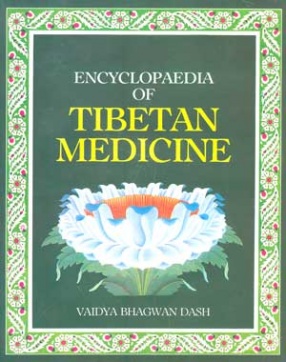
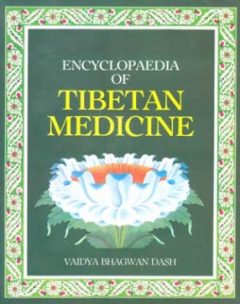
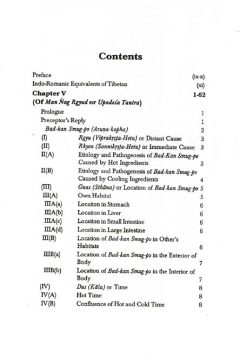
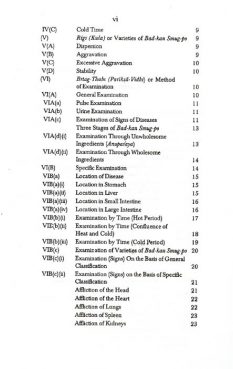
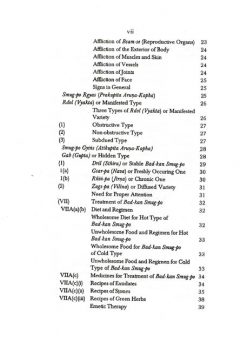
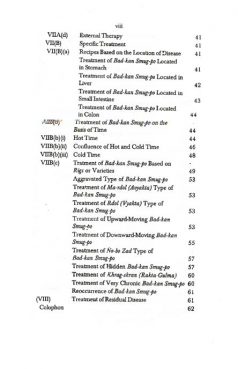
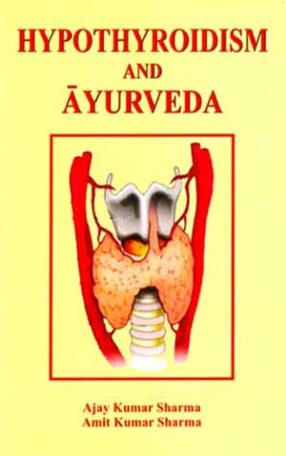
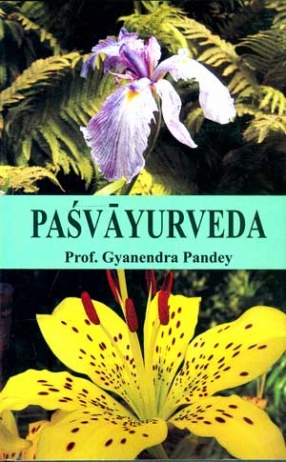
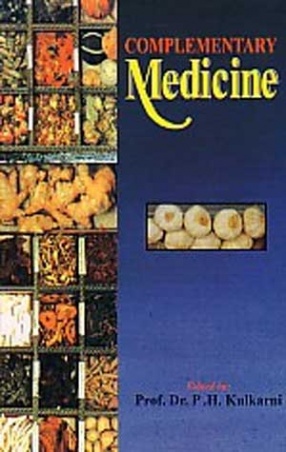
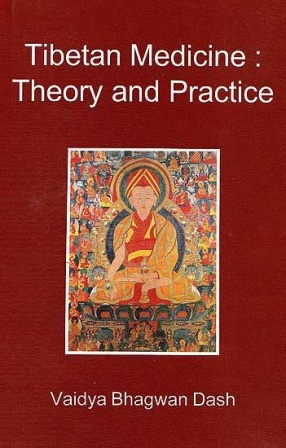
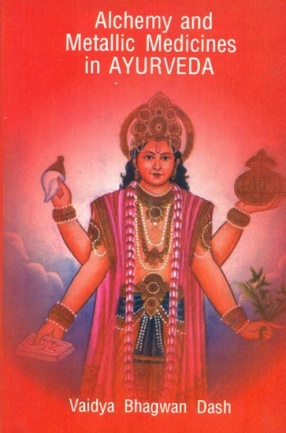
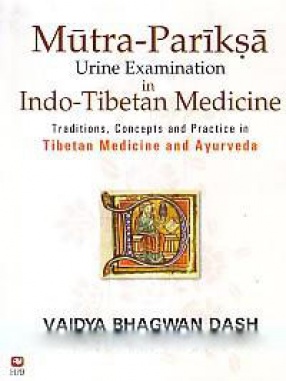
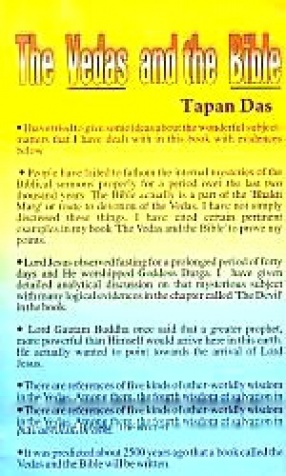

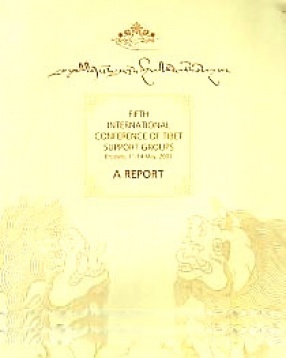
There are no reviews yet.